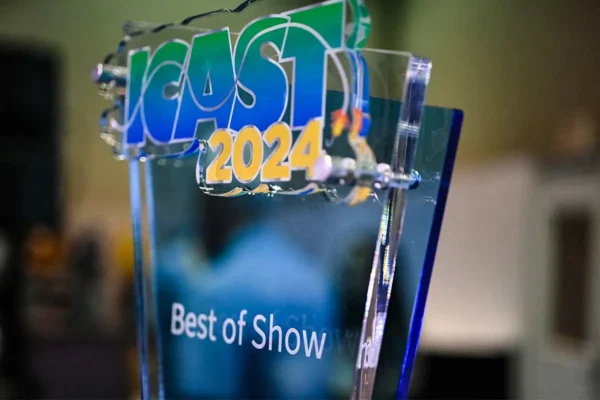I have a ritual that I go through at the end of every year. I take a day or two between Christmas and New Year’s and spend it going through all of the piles and files in my home office. I decide what needs to be saved – for taxes or legal purposes as well as personal reasons – and what can be discarded.
This sorting can include all of our personal spending and financial documents as well as the files full of paperwork and propaganda collected over the course of the year. Once complete, I take the discarded papers out to my fire pit and have a big bonfire. It seems to be the most secure way to ensure that none of this ends up in the wrong hands.
This year was a little different. Because our offices were being gutted and fully renovated this past summer and fall, I had brought all of my files and office paperwork home sometime last summer. They sat in piles in my basement for close to six months, while I picked through and found what I needed in order to carry on my day-to-day business. The vast majority of it, however, was not touched the entire time.
So while we moved into our new office space in late November, I did not bring any of this stuff back to the office, preferring to let it sit in the basement until my annual purge.
The interesting thing about this particular purge is that it wasn’t just the last year’s collection of bills and receipts and miscellaneous papers; it was close to 30 years’ worth of file folders full of client, supplier, industry and business-related material. Going through this file by file was going to be a real project.
While I did find it somewhat liberating to dispose of needless stuff I had been collecting for years (do I really need a paper copy of every invoice I’ve ever sent to every client since 1997?), I also found it challenging to part with some of the more historically significant – at least to me – moments of my career.
I found the original RFP and three contenders’ responses (designs and pricing) for the 50’ x 100’ custom exhibit that I purchased as the tradeshow manager for a large defense contractor in 1992. Wow, have things changed – both in design and in proposal presentation style – since then.
I found seminar materials from Dr. Allen Konopacki (who remembers that name?) from sessions I took in the ‘90s, when he was one of the leading figures in tradeshow marketing strategy and theory in our industry.
I found a marketing plan and copies of print ads, press releases and promotional material I had created for a former employer in our industry. The ‘electronic media’ category of marketing was nowhere to be found in this plan.
The more files I went through, the more challenging it became. By all common sense, none of this material was required for me to carry out my current position and could be discarded. The significance of most of this material beyond just my memories was dubious at best. But…I was having a hard time letting some of it go.
It was kind of like digging out an old family photo album and reminiscing about long lost relatives. I found myself putting more stuff on the ‘save’ pile than on the ‘burn’ pile. It was time for a break.
So, how do you decide what to keep and what to save? How do you determine what you will need as reference or what may come in useful to you in the future? As humans, we all fall somewhere along the spectrum from ‘savers’ to ‘trashers’. I probably lean more to the saving side – just based on the piles of files in my basement – but after such a long career, how much of it really, really, matters?
I’ve basically been working for the last six months out of my rolling briefcase. The vast majority of what I need on a day-to-day basis is on my laptop…and let’s not even get into the size of remote hard drive I need to back this thing up.
For the record, I purged well over 50 percent of the paper files that were stacked in my basement, and had one heck of bonfire…much to my neighbors’ concern. But there are still a lot of files of questionable value – to anyone but me.
See you on the show floor.
Jim Obermeyer has been in the tradeshow industry over 30 years, both as a corporate tradeshow manager and exhibit house executive. He is a partner in a new company: Reveal: Exhibiting a World of Difference. He can be reached at jobermeyer@revealexhibits.com.





























